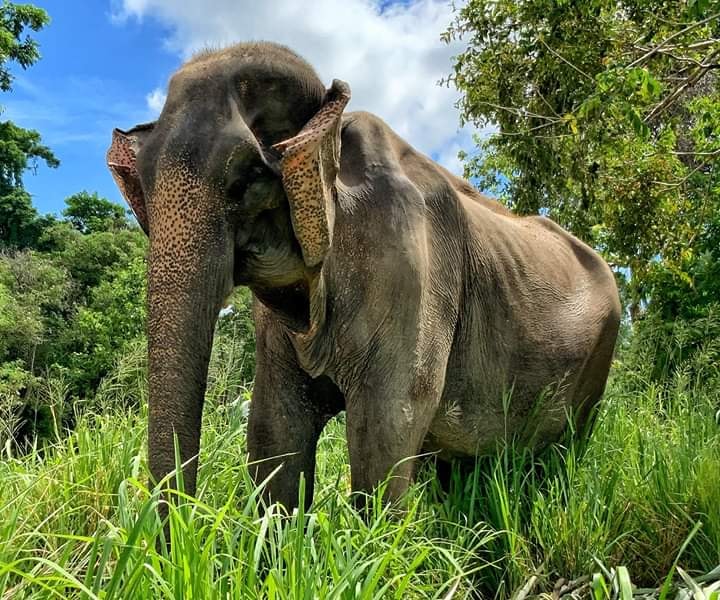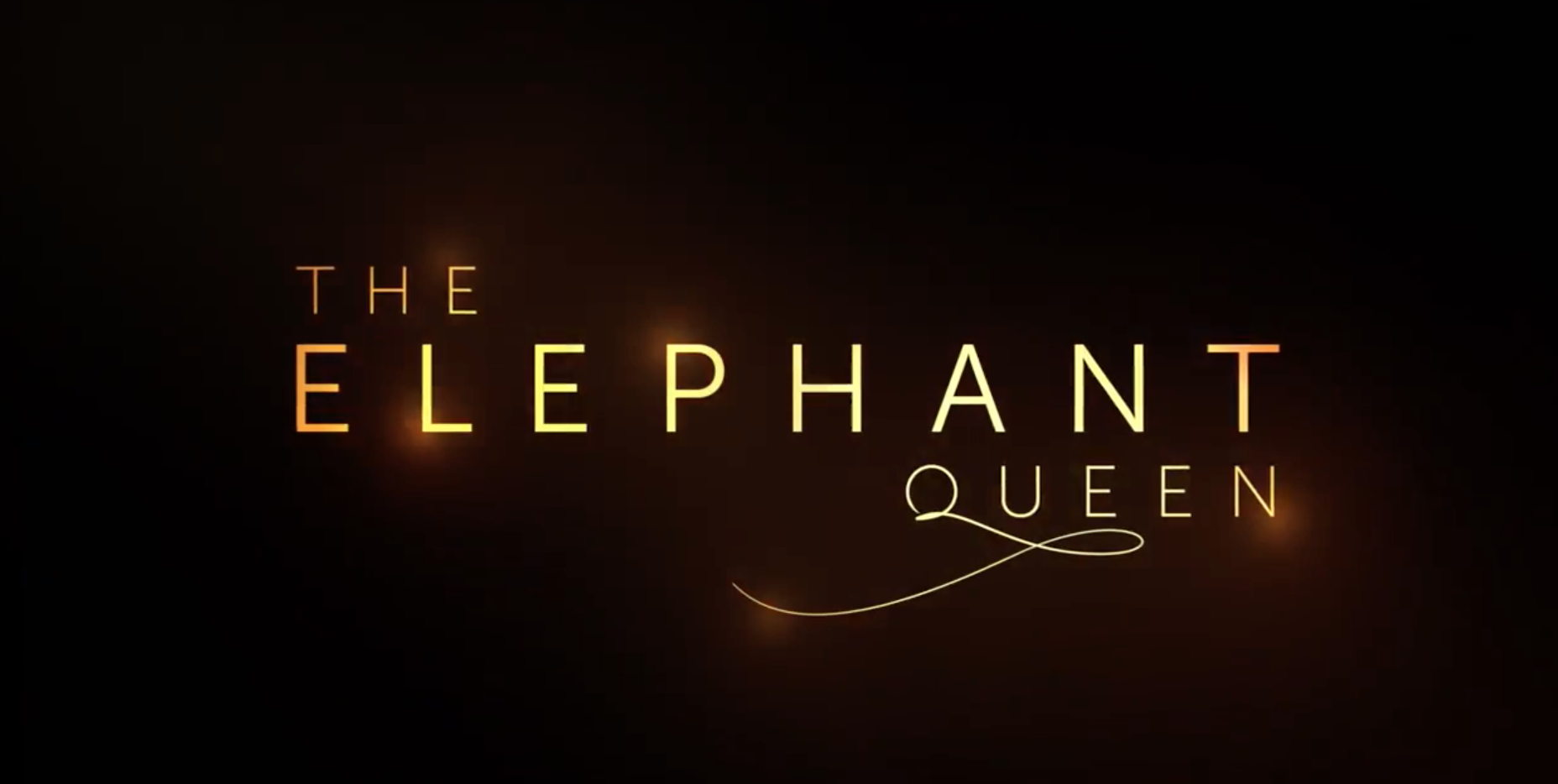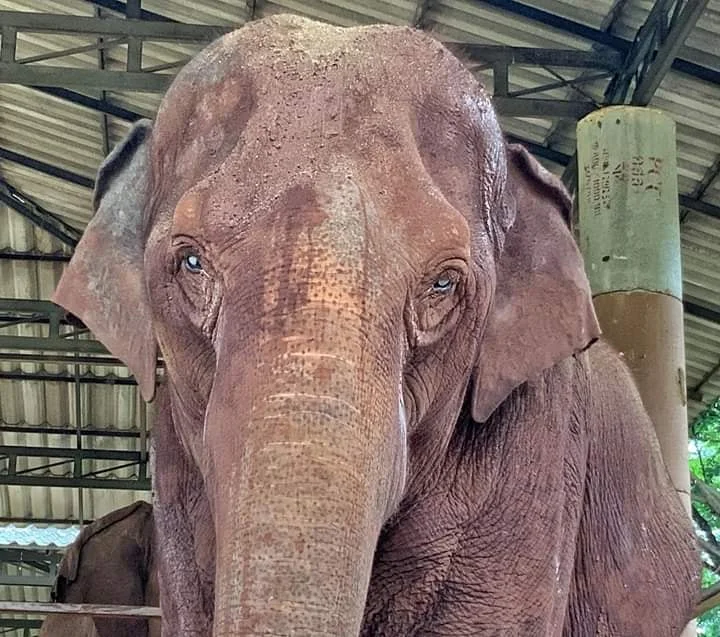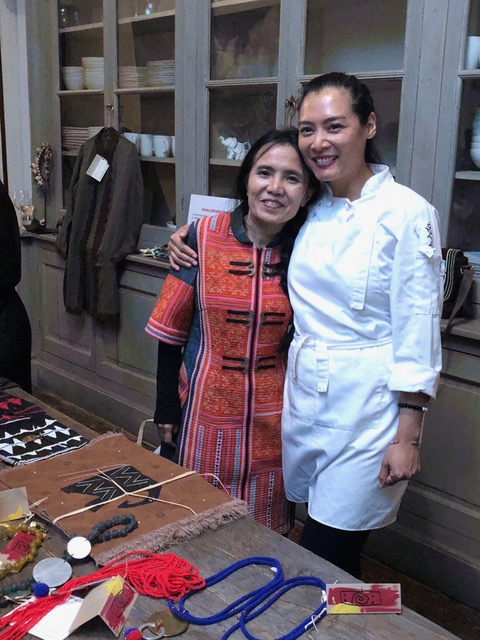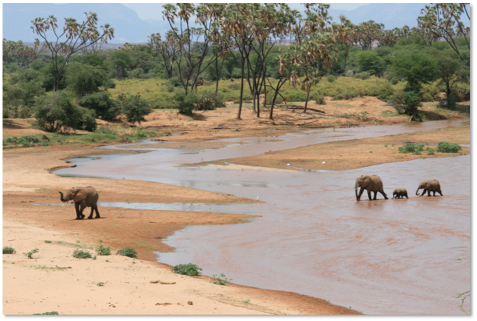Save the Elephants has created this wonderful video that tells the story of an elephant called Luna. We hope it helps convey the importance of the work that Save the Elephants does, and why we are committed to supporting it. We hope that you will donate today to help us raise money for this amazing project!
“Luna is a 19 year old female matriarch who shares our home in Samburu National Park in northern Kenya. Luna was orphaned at age nine when she lost almost her entire family during the poaching epidemic.
In 2013, Save the Elephants fitted Luna with a satellite-tracking collar to understand the strategies that orphaned elephants use to survive in the wild. Luna’s late mother Neptune was one of the first females collared and tracked by Save the Elephants more than 20 years ago, so it seemed fitting her daughter should follow in her steps.
WHY TRACKING COLLARS?
Elephants are known to cross vast distances in a single day.
Satellite tracking collars give us real time data on elephant journeys. The weight of a collar on an elephant is the equivalent of a small pendant necklace around your neck. It doesn’t bother them, and it allows us to track them without getting in their way.
This technology and round the clock monitoring ensures Luna and all the other elephants in Northern Kenya have a long and safe future on our planet.
It costs $10,000 to monitor and protect a single elephant. This includes the cost of purchase of the collar, deployment using bush planes, drugs for immobilisation and vet support, battery power for three years as well as the data and analysis.
To give you an idea of what can be achieved with your donation:
$3,000 will purchase an elephant monitoring collar
$1,000 can keep STE’s bush planes in the air for nearly 3 hours of aerial patrols
$600 will pay for a local ranger's salary for three months
$250 will pay for veterinary drugs used during a collaring mission
$100 will pay for a week's worth of internet at our research camp in Samburu” - Save the Elephants








